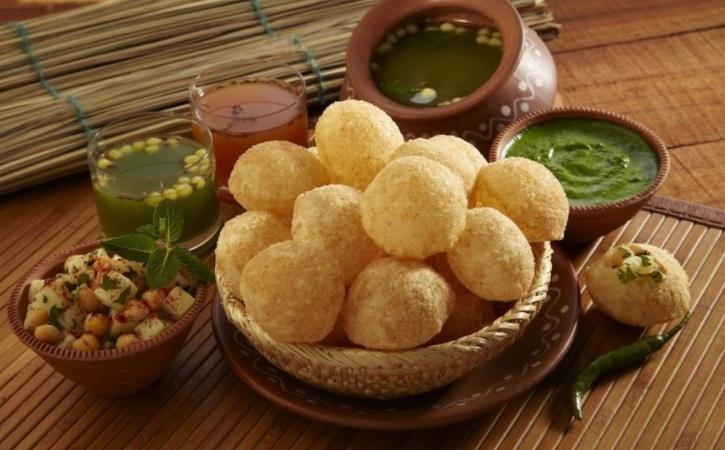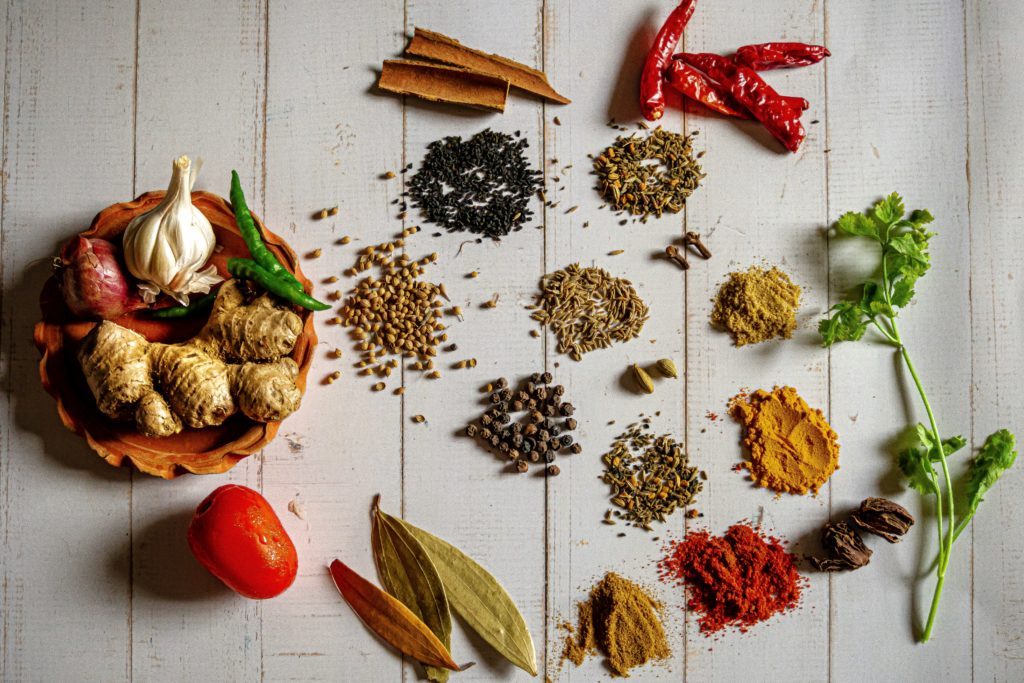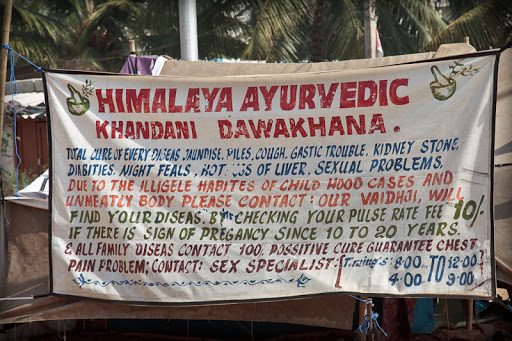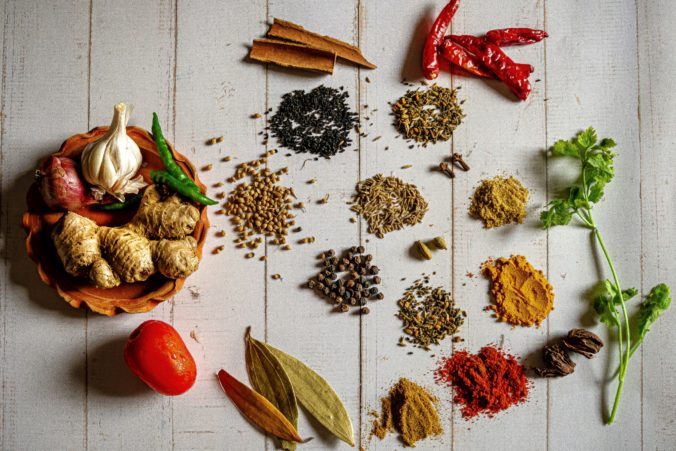If a palmist were to read a common man’s hand today, he’d be baffled.
We have rubbed out the lines on our plams through the constant hand washing, and sanitised our future of any trace of filth. As it stands, for a change, it’s the palmist who’s been made to feel insecure and desperate. With no lines to read, and no customer who’ll let their palm into a stranger’s hand, the palmist and his pet parrot are worried about their own future.
We are all worried about the future. The pandemic has changed us in a fundamental way. Remember our sheer nonchalance towards basic hygiene? Well, as hygiene conscious we have become lately, we’ve virtually become -hygienically speaking- indistinguishable from who we used to be.
Let’s take a trip back to those carefree days of our childhood.
We are the kids who’ve danced in the rain every monsoon. Did we ever pay heed to mother’s shouting through the sibilant rainshower, asking us to get back home?
And today, we fret to set foot out in the open during a drizzle. We fear we’ll catch that dreaded cold.
Every sneeze has now become questionable.
We are the kids who used to run behind the the fogger that fumigated the whole neighborhood with plumes of DDT. We’ve lived our dream of being a Bollywood superstar on a smoke infused stage on fumigant clouded streets. Now, some of us have had to sit in quarantined rooms, as health workers sprinkled disinfectant all around the house to contain an outbreak.
We are the ones who used to fall sick once a year from the irresistible indulgence in Golgappas. And we used drink the mint and tamarind infused paani to relieve an ailing stomach. (as if secretly seeking that pleasure in installments) And how soon did we head to the panipuri wale bhaiya again, once we felt fit! The mother’s hand nourished us, and the bhaiya’s hand, just on that odd occasion, made us sick to our stomach.
We assumed the tangy paani to be a herbal sanitiser that effaced every trace of bacteria from those hands that have strummed at every questionable place.

That placebo only failed us once every year, and that, we’d all agree, is not a bad record after all!
Can we even imagine having Golgappas on the street today? Even the bhaiya is back in his village in U.P. anyway!
We are the kids who have trowelled for chunks of clay in sand. Our fingers did squeeze a few funky objections now and then, but we had the heart to condone it in search of a greater pleasure.
Today, we can’t imagine sending out kids out to play the same way.
We are the kids who have, once in life, ran naked on the streets. We are the kids who made a mockery of the five-second rule for determining the edibility of a fallen piece of food. Remember dropping a paratha on the classroom floor and asking your friend, ‘Raam ya Bhoot’?
A swarm of flies has never deterred us from downing a glassful of sugarcane juice. Remember how we used to casually ingest that chemical-laden ice gola sherbet? How, we mocked each other with pop-colored tongues, as the food color dyed the entire alimentary canal in a similar hue.
We are the generation that used to drink tap water from every tap there was in the locality. As they would say in earlier times, we have taste ghaat ghaat ka paani.
I remember once while staying at a hostel in Bangkok, I’d casually gulped a glassful of water from the kitchen tap to the horror of my traveller friends. The water was only suitable for washing needs in their eyes.
They’d predicted I’d be running laps between my bed and the toilet the following morning. Just for the record, I bicycled a 100 kms every day for the next seven days. The only explanation my traveller friends had for this miracle was, ‘Well, he’s Indian!’
What could explain the Indian immunity?
Nonchalance for basic hygiene has kept us in good stead until now. But apart from our habit of enduring questionable hygiene practices on the streets since birth, there could be a positive reason as well.
Think of the Indian Kitchen, where each spice used, each condiment pairing has a logical culinary significance. The simplest of examples being the simplest of dishes, Aaloo Jeera. Not only is it a brilliant pairing, the Jeera (cumin) relieves us from the flatulence inducing Aaloo (potatoes).
Ginger ignites the digestive fire, lemon adds a dash of immunity boosters, and turmeric with its anti-bacterial properties finds a place in almost every Indian curry. We’ve never stepped out of the house for seasonal illnesses. The spice shelf is our medicine cabinet.

Remember that painful needle prick in we had in childhood? That dreaded booster vaccine. The moment when the first existential inquiry entered you head –
‘ Why would someone willingly inflict pain?’
I wonder if the vaccine was named ‘booster’ because it only boosted the congenital immunity conferred to us by the virtue of our Indianness.
(Apart from the legitimate medical reasons of course!)
Being a nation founded on faith, it doesn’t come as a surprise that faith healing and quackery still flourishes in the country. What else could explain that Himalayan Jadi Booti waalah’s tent, the white bearded Hakim, and the peacock feather waving tantriks who even claim to be capable of scaring spirits away.
We’re innocent, optimistic people who take the problem of population density as an opportunity to ensure herd immunity. And given the allowance of casual, affectionate touch in our culture, we spread pathogens with alarming frequency. Our body learns to become a well-prepared army that is a well-stocked with arms and immunitions.
And with the diversity of healing options available in India, the country seems to be in good health.
Apart from the chronic constipation and premature ejaculation of course, something that we blatantly advertise without a trace of cultural self consciousness. Take a train ride to North India, peep outside the window, and the writing on the wall is bright, loud, and clear.
But it’s one thing to be cocksure about our own immunity and another when the government leaves us to the strength of our internal mechanisms to fight deadly diseases.
The tragedy grows in magnitude in proportion to the callousness of the state. How else did we achieve pan-India undernourishment, a worrisome infant mortality, the anemic state of women ?
We boast of the most polluted cities in the world, of drains for rivers and a haze for what should be a clear blue sky.
While we’ve been genetically endowed by good immunity, we might just be pushing our limits here. Even with the confidence in our immunity, the healthy spices in our food, the wide array of schools of medicine, and our long practiced herd immunity, we are, for the first time worried about falling sick.
The pandemic has scared us into a habit of hygiene. That is one positive change that has arisen out of the current state of emergency. Has it woken up the governance system to regain its ailing health?
We are a nation that believes in taqdeer, fate, destiny.
How long could we be locked inside our houses. We will undoubtedly step out of the house soon, wearing our taqdeer on our forehead, ready to face anything on the way.
The mask has been suffocating us. We will still wear one while we head out, hoping to live with the virus lurking around.
And as we walk past that familiar crossroad, we might find two tents of the Himalayan Jadi Booti wallahs instead of one.
Both tents might already have a Himalayan immunity booster advertised on a chalk board.
And I bet, one of them, is run by the enterprising, out of job palmist.


Sreenath , you start In a light jugular vein and raise some pertinent , thought provoking questions about the role of the State/individual beliefs .. enjoyed Sunday morning ruminations
Thank you for your encouragement Uma.
Love the post takes us back to our good old days 🙂
Thanks You Sumair 🙂